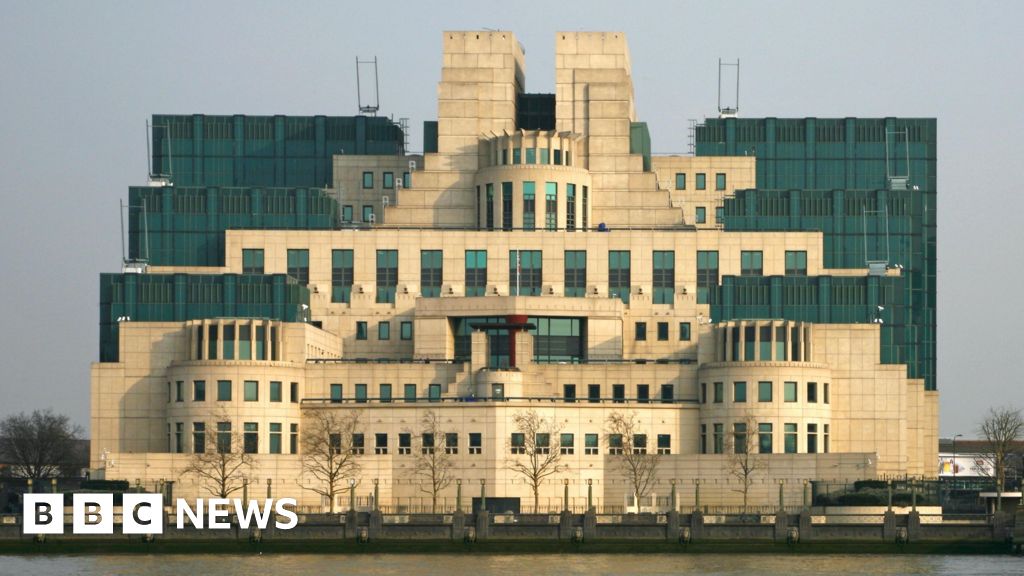Introduction to Sir Terry Farrell
Sir Terry Farrell, one of the leading architects of the UK, passed away at the age of 87. His architectural practice, Farrells, announced his death "with deep sadness," describing him as "often called a maverick, radical, and non-conformist," which he enjoyed. Farrell’s typical building style was postmodern, exuberant, and playful, as seen in his famous commissions, including the London MI6 building and the headquarters for the 1980s TV station TV-am, which featured huge breakfast cups on the roof.
Early Life and Career
Sir Terry was born in 1938 and was influenced by the modernist buildings of America, which he visited in the 1960s. In 1965, he went into practice with Nicholas Grimshaw, another international architecture superstar. Initially, their practice focused on slim, rounded buildings with little or no ornament, where the function of a structure should dictate its shape. One of their first designs was a block of aluminum-clad apartments in North London, which became known as the "sardine can" among taxi drivers.
Breakthrough and Style
However, while Grimshaw remained true to the high-tech minimalist creed, Farrell felt increasingly drawn in a different direction. In 1980, they parted ways, and Farrell founded his own practice. His breakthrough came in 1982 with the headquarters for TV-am in a redeveloped canal basin in North London’s Camden. The building was colorful and exaggerated, full of humorous references to the architecture of the past. The popular imagination was captured by the huge breakfast egg cups on the roof, which overlooked the canal.
Notable Works
Probably his most famous building was the MI6 headquarters next to the Vauxhall Bridge in London, which was featured in several James Bond films. Farrell completed the building in 1994 and later claimed that he was only told it was for a state client when the building was designed. He suspected (wrongly) that it could be for the Ministry of the Environment, which is why the building has conical trees halfway along the facade. The MI6 headquarters is a striking example of Farrell’s postmodern style, which blended modernity with historical references.
Innovation and Environmental Awareness
Farrell was also interested in innovation and environmental awareness. The £4.6 million Farrell Centre, which opened in Newcastle in 2023, featured an exhibition showcasing how buildings could be grown from mushrooms and other innovative possibilities to reduce the environmental impact of cities. The exhibition was partially financed by Sir Terry and featured four architectural studios offering visions for more sustainable buildings. Outside of London, Sir Terry also built Hull’s striking aquarium, The Deep, which resembles the bow of a ship, and the versatile collection of buildings known as the Centre for Life in Newcastle.
International Practice
Sir Terry developed a considerable practice overseas, especially in China, where he designed buildings that were both gigantic and iconic. One of his earliest projects was the Peak Tower in Hong Kong, completed in 1997, which features an upside-down crescent moon shape sitting on four concrete legs. His stations in Beijing and Guangzhou are among the largest in the world, and the KK100 tower in Shenzhen was the highest building designed by a British architect.
Legacy
Although not all of his work was universally acclaimed, Sir Terry Farrell left a lasting legacy in the world of architecture. His postmodern style, which blended modernity with historical references, challenged the modernist creed and paved the way for future generations of architects. Despite sometimes facing criticism from critics, Farrell remained true to his vision, claiming that the modernists were wrong to throw away the history books. His buildings continue to inspire and delight people around the world, and his contribution to the field of architecture will be remembered for years to come.

